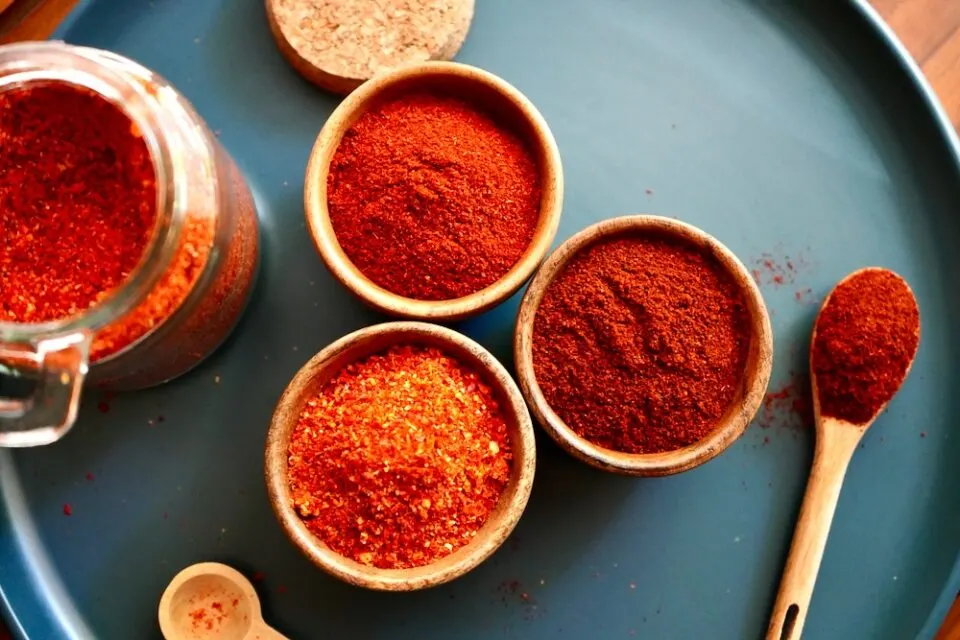- No. 268 Xianghe Street, Economic Development Zone of Xingtai city, Hebei 054001 China
- Byron@hbhongri.cn
cayenne and paprika
The Spicy World of Cayenne and Paprika A Flavorful Exploration
When it comes to the vibrant world of spices, cayenne and paprika stand out as two of the most beloved and versatile options available. Both spices bring a unique flavor profile and color to culinary dishes, but they have distinct origins, health benefits, and uses that make them worthy of individual exploration.
Cayenne pepper, derived from the Capsicum annuum species, is known for its fiery heat. This bright red spice originates from Central and South America, where it has been used for centuries not just as a flavor enhancer but also for its medicinal properties. The defining feature of cayenne is its active compound, capsaicin, which is responsible for its characteristic heat. When measured on the Scoville scale, which quantifies the spiciness of peppers, cayenne typically ranges from 30,000 to 50,000 heat units, making it significantly hotter than many other peppers.
Incorporating cayenne into dishes not only elevates flavor but also offers numerous health benefits. Capsaicin is known to boost metabolism, improve circulation, and has been shown to have pain-relieving properties. Some studies suggest that it may help with weight management by increasing fat burning and reducing appetite. Additionally, cayenne pepper is rich in vitamins A and C, which are essential for immune function and overall health.
On the other hand, paprika, which also originates from the Capsicum annuum family, is generally milder than cayenne. This spice is particularly popular in Hungarian and Spanish cuisines, where it is used to impart both flavor and color. Paprika is made by grinding dried peppers and can vary in flavor from sweet and mild to hot, depending on the type of peppers used. The dried peppers used for paprika are often harvested when fully ripened, which contributes to its vibrant red hue and sweet undertones.
cayenne and paprika

One of the most interesting aspects of paprika lies in its diversity. It comes in several varieties, including sweet, smoked, and hot. Sweet paprika is often used to add a subtle warmth and color to dishes without overwhelming heat, making it a favorite in stews, sauces, and rice dishes. Smoked paprika, on the other hand, adds a rich, smoky flavor that can transform a simple dish into something extraordinary. Hot paprika brings the heat, although it typically remains milder than cayenne.
In addition to their culinary uses, both cayenne and paprika offer health benefits. Paprika is rich in antioxidants, particularly carotenoids, which are known for their anti-inflammatory properties. It contains vitamins A, E, and several B vitamins, contributing to skin health and cellular function. Furthermore, paprika may support eye health due to its high levels of beta-carotene.
In summary, both cayenne and paprika are indispensable in kitchens around the world. They not only enhance the flavors of countless dishes but also offer a range of health benefits. While cayenne brings the heat to the table, paprika provides a milder, more complex flavor and is known for its stunning color.
Whether you’re looking to spice things up with cayenne in your favorite chili recipe or adding a touch of paprika to your paella, these spices have a special way of connecting cultures and bringing joy to our dining experiences. As you explore the many culinary possibilities with cayenne and paprika, remember to appreciate their history and the unique flavors they bring to tables around the globe. Embrace their distinct characteristics and let them inspire your next culinary adventure!







